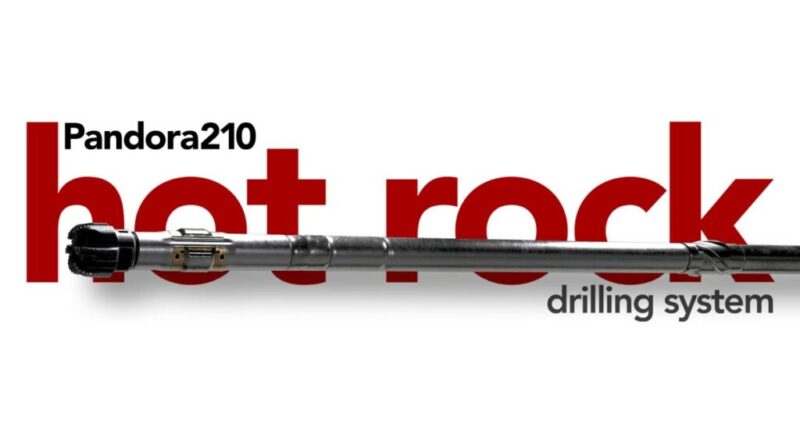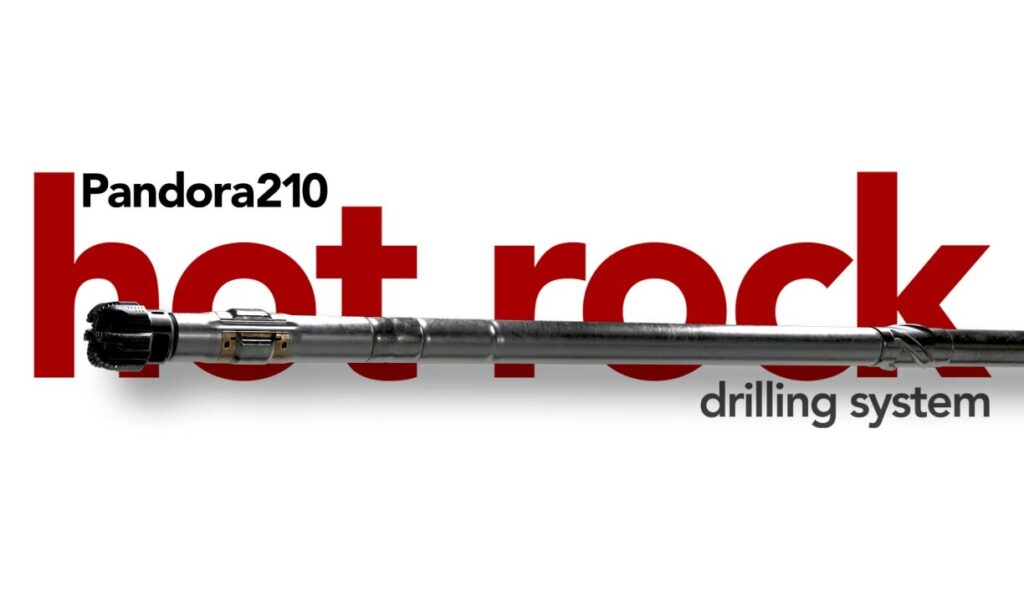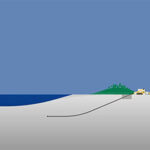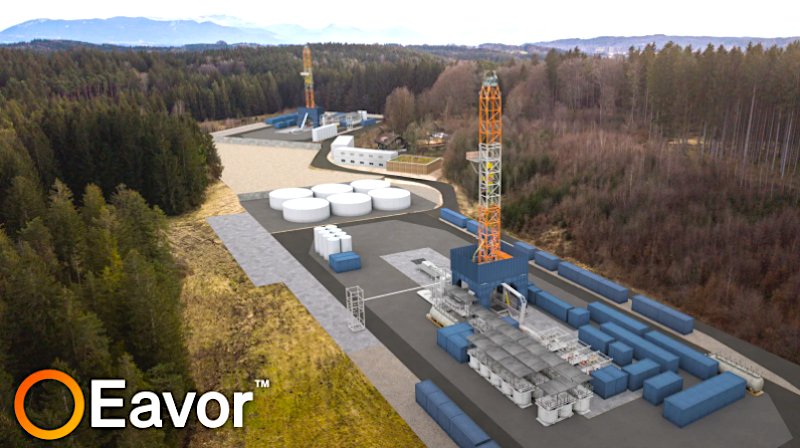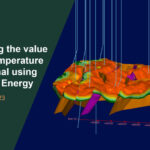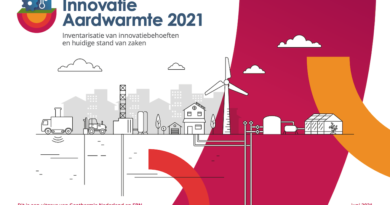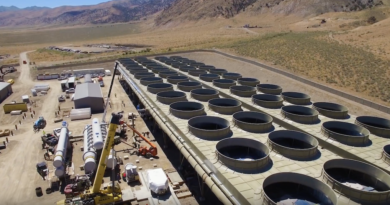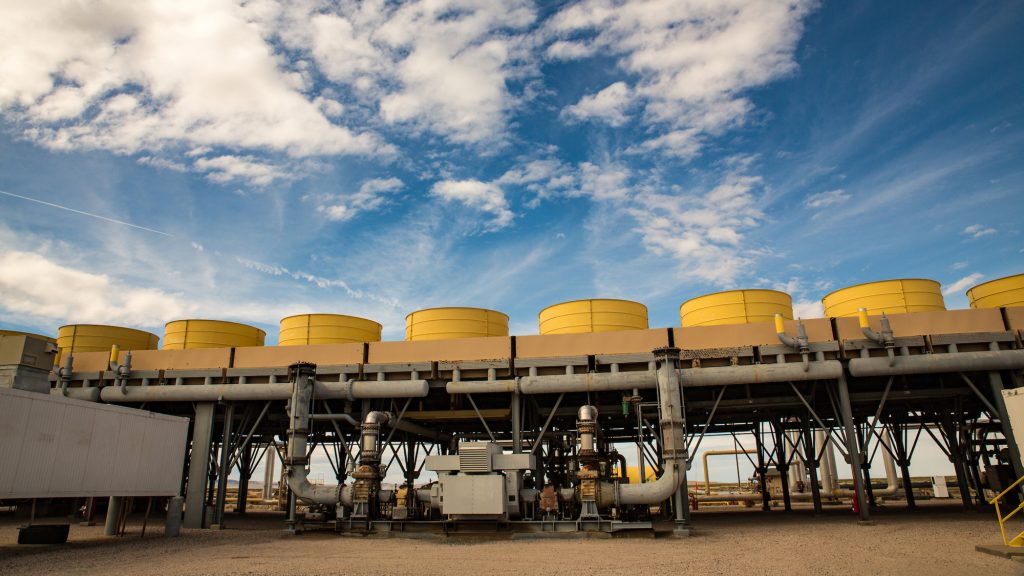Hephae Technology charts roadmap for high-temperature directional drilling
Energy Disrupter
Hephae Energy Technology is in the process of developing the Pandora tool that will enable reliable directional drilling in high-temperature geothermal systems.
Hephae Energy Technology has recently announced the forthcoming release of Pandora210, a combined measurement while drilling (MWD) and rotary steerable (RSS) tool – which will work reliably at circulating temperatures up to 210°C.
This tool is designed to meet the rapidly growing requirements of the unconventional geothermal industry and to allow accurate directional wells to be drilled deeper and at higher temperatures. It’s the first offering from Hephae, and the company has a roadmap that will allow them to deliver Pandora 300, a 300°C-capable tool, by 2030.
Hephae has published an excellent explainer video on the inner workings of the Pandora tool, which can be viewed on their official website.
From the outside, it looks very much like a conventional RSS tool. As seen in the video, things are a bit different on the inside.
Instead of building separate electronics and control for the RSS and MWD elements, they have been combined in single Navigation and Control Electronics module. This eliminates duplication of sensors, processors, memory, and power supplies, among other components. This already poses several advantages – it makes the tool shorter, reduces potential cost, and reduces development risk as it simplifies the electronics design that will be needed to make the tool suitable for higher temperatures.
In the Pandora 210, the power supply for the electronics will likely be supplied by a battery. For the higher temperature models, the assembly will have a turbine and generator module to produce the power that the tool needs.
There is a lot of new technology inside the tool. The team is currently making the electronics work at circulating temperature of 210°C, but an important trick is making sure that the temperature of the components on the boards is as close as possible to the temperature of the cooling drilling mud. This requires the boards to be designed in a completely different configuration to conventional MWD or RSS tools. The mounting of the boards is carefully designed and modelled to optimise heat flow to make sure that at most the difference between the components on the board and the external mud is just a handful of °C.
A top mounted mud pulser is driven by a pilot valve which itself is driven by a newly designed brushless DC motor. The motor is designed in such a way that the windings are not exposed to hydrostatic pressure, which takes away potential failure modes associated with compensation, for example.
Heat testing of boards is underway with excellent results to date. Hephae expects that Pandora 210, the 210°C version of the tool, will be available for prototype testing in Q1 of 2025.
Hephae had recently announced partnerships with directional drilling services provider Well Guidance, as well as geothermal developer GMK Enerji. These strategic partnership will facilitate the commercialization and deployment of Hephae’s high-temperature drilling technology.
Source: Hephae Technology via e-mail correspondence

